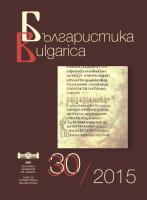
Книги 2014–2015 г.
Selected bibliography in the field of Bulgarian Studies published in 2014-2015
More...We kindly inform you that, as long as the subject affiliation of our 300.000+ articles is in progress, you might get unsufficient or no results on your third level or second level search. In this case, please broaden your search criteria.

Selected bibliography in the field of Bulgarian Studies published in 2014-2015
More...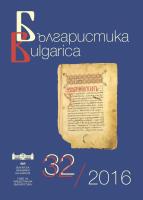
Selected bibliography in the field of Bulgarian Studies published in 2015-2016
More...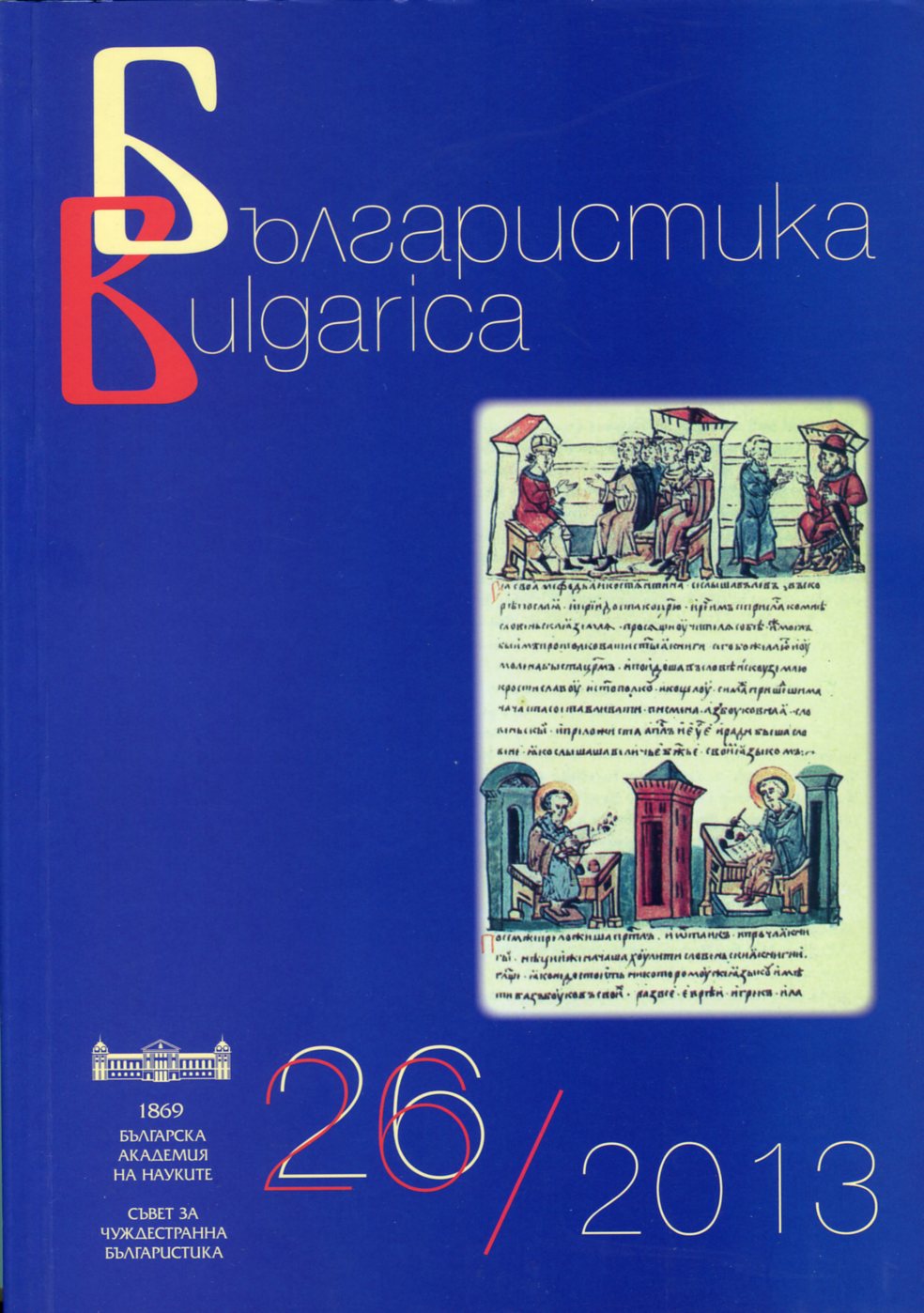
Selected bibliography in the field of Bulgarian Studies published in the current year.
More...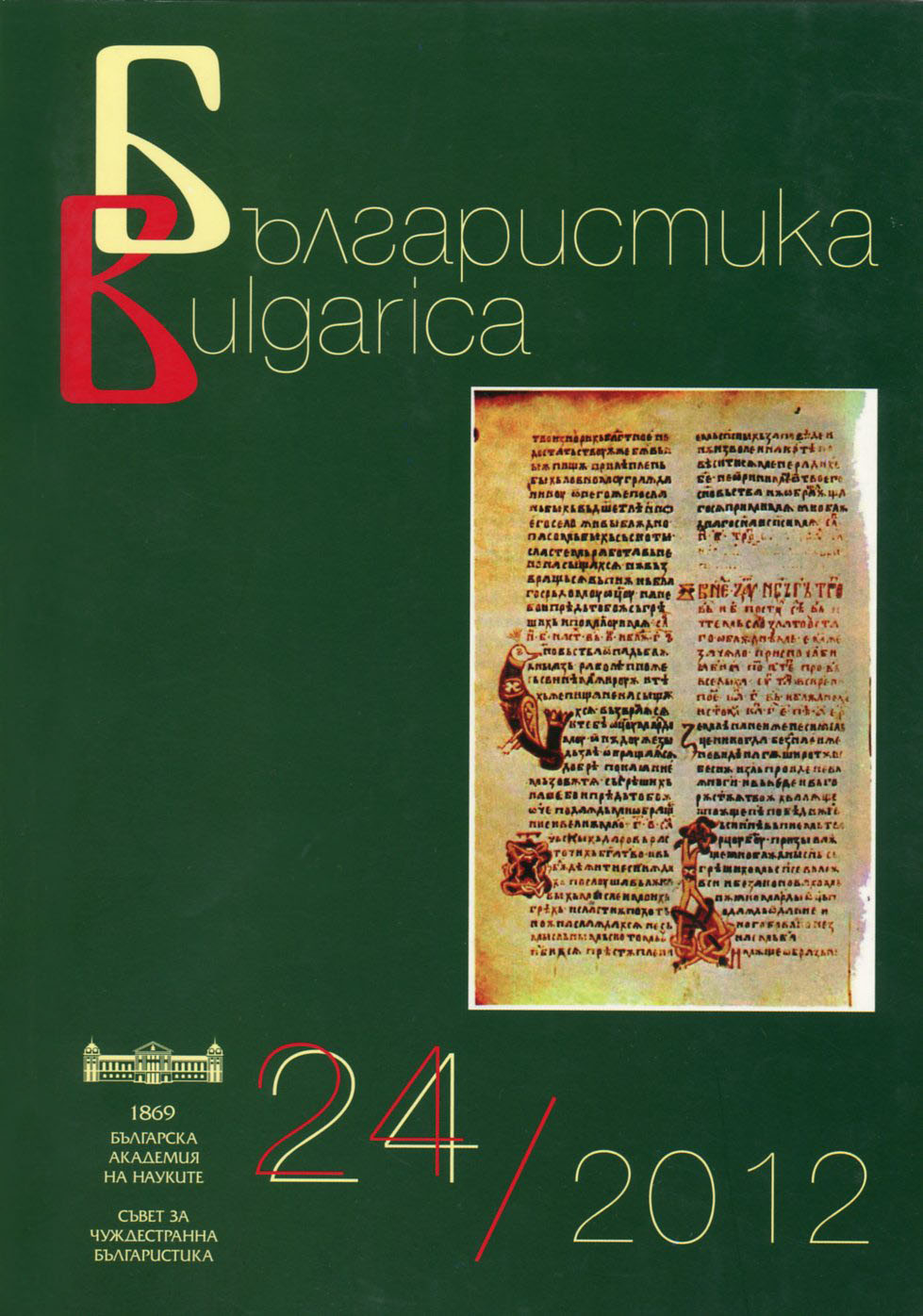
Selected bibliography in the field of Bulgarian Studies published in the current year
More...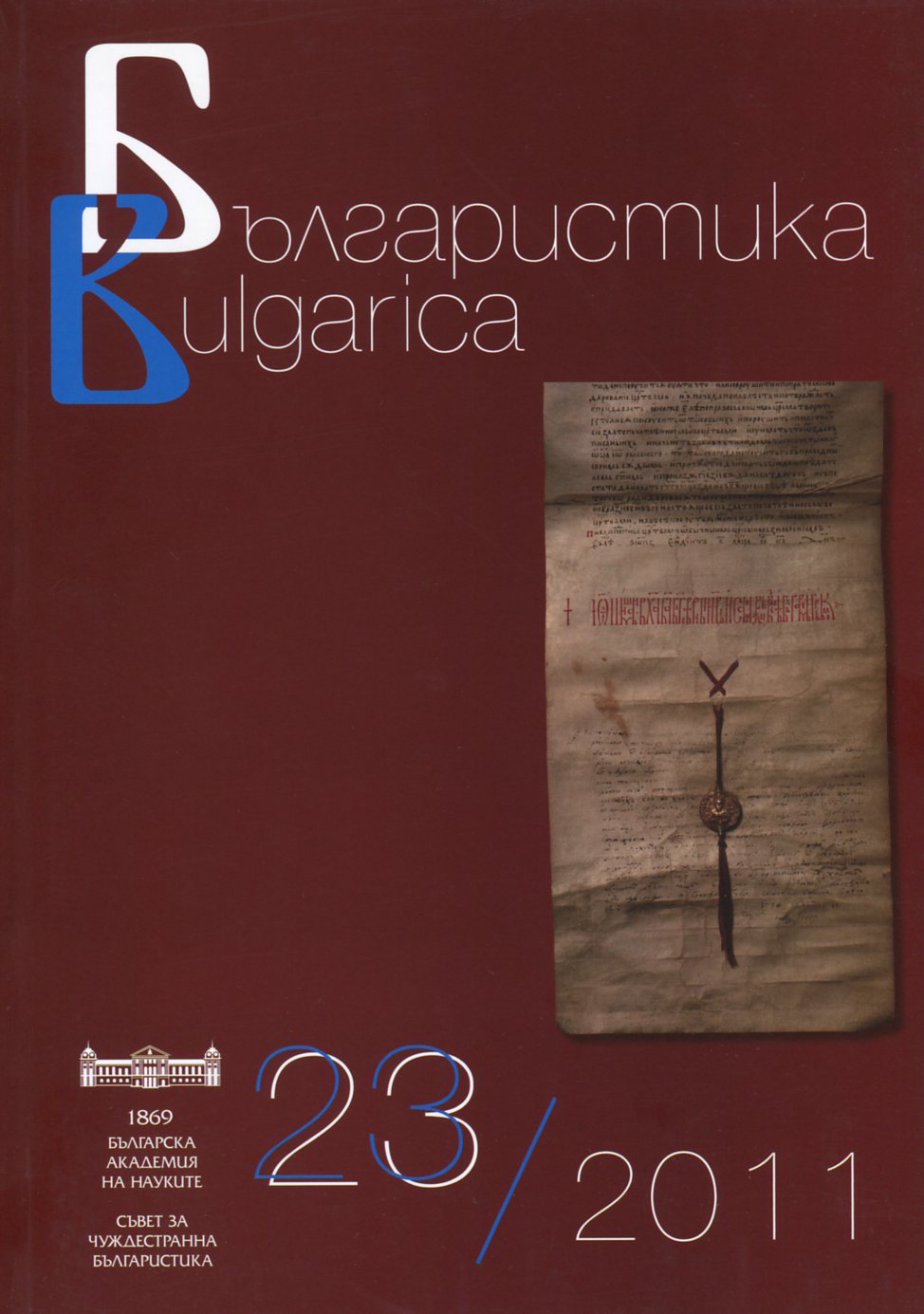
Selected bibliography in the field of Bulgarian Studies published in the current year
More...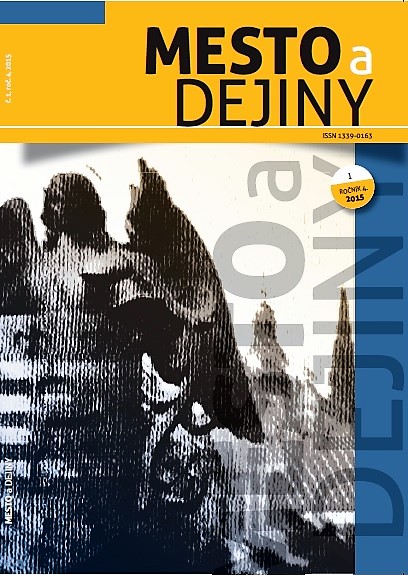
The aim of the article is to reconstruct the image of the town of Košice produced by members of Slovak historiography, and by Czech historians working in Slovakia in the period of existence of the First Czechoslovak Republic 1918 – 1938. The article focuses on answering the questions: how was the „magyarized“ image of the town „slovakized“ by Czechoslovak historians, how they refl ected on the pre-Trianon Magyarization of the town, how they referred to importance of Košice in the Hungarian nation narrative; which processes and events in the history of Košice were emphasised, and which were obeyed. The article deals with variety of strategies in picturing the town and in reinterpretation of the respective historical events in its history. It also attempts to evaluate what role Košice played in the constructed Czechoslovak national discourse. Finally, the article aims to explain reasons, why Košice in the inter-war period, despite becoming a strategic metropolitan hub of East Slovakia, was left in the peripheral position in the context of the Slovak national narrative.
More...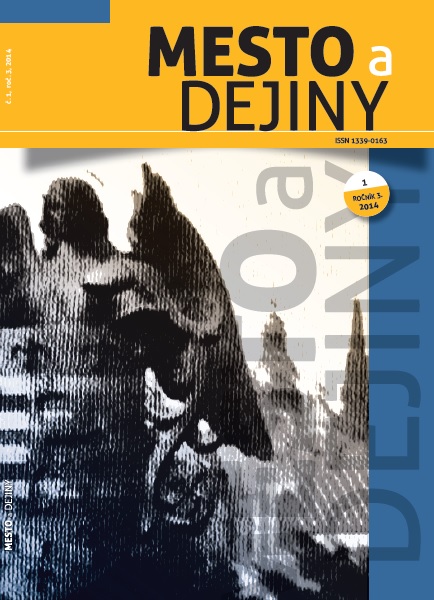
Materials about the nature of personal relationships are an important source of information about everyday life. This article bring information on daily life and attention is focused on the city of Krakow. In addition leading themes, personal relationships contain a lot of information about the difficulties with the supply and quality of housing, the attitude towards the changes taking place in the city, functioning within the official public life and privacy. The purpose of this article is not to criticize source materials such as memoirs, or reflections on the formation and functioning of the memory of the war and occupation.
More...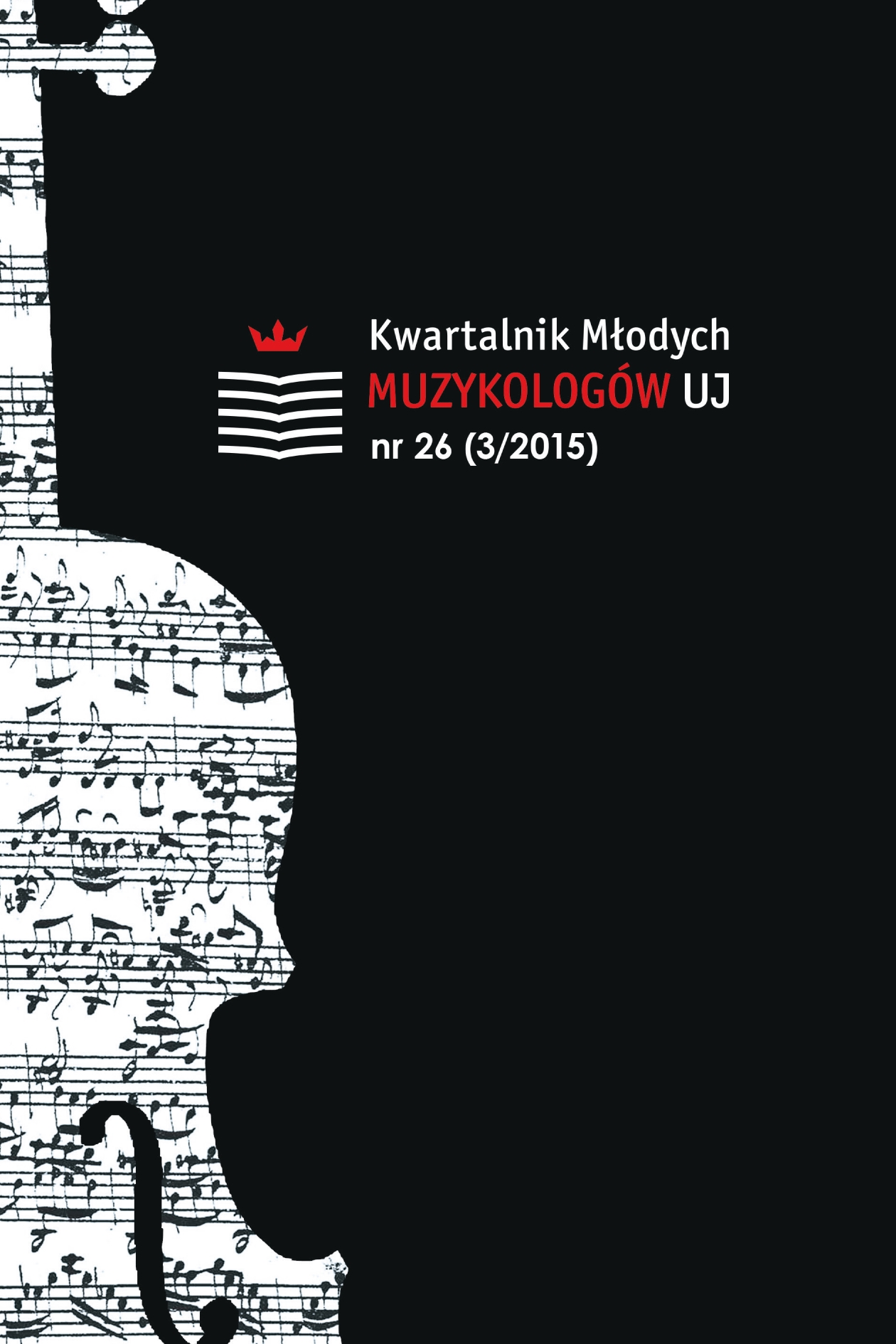
Ludwik Maader (also quoted in sources as Lodovico or Ludovico Maader) was a composer working on Polish territory in the second half of the 18th century. He came to Jasna Góra in September 1784. He was a bandmaster until the end of 1798. Information about his life and activities is rudimentary. We know that he came to Poland from Moravia, specifically from Dub on Moravou – a small town near Olo - mouc, but unfortunately we do not know exactly his earlier activity. Requiem in Es by Ludwik Maader is preserved not only in the Ar - chives of Jasna Góra in the manuscript signed III-446. Currently we found out about four other Requiem. The source from Jasna Góra is autograph of the bandmaster and contains probably the oldest and original version of the composition. The first source is kept in the Jagiellonian Library, comes from Gidle, and was written in 1809. The second manuscript is located in the Provincial Archives of Dominican Order in Cracow and belonged to Dominican’s band in Gidle (1845). The third and fourth sources are inaccessible because of poor state of preservation. They are stored in two places: 1) Archives of the Arch - diocese of Gniezno signature II/7, belonged to the band from Grodzisk Wielkopolski, 2) Archives of the Archdiocese of Poznań – from the band in Gostyń. This article is focused on a comparison of the three manuscripts: one from Jasna Góra and two from Gidle. The author compared the content of manuscripts, the way of signing the text, vocal and instrumental parts and basso continuo.
More...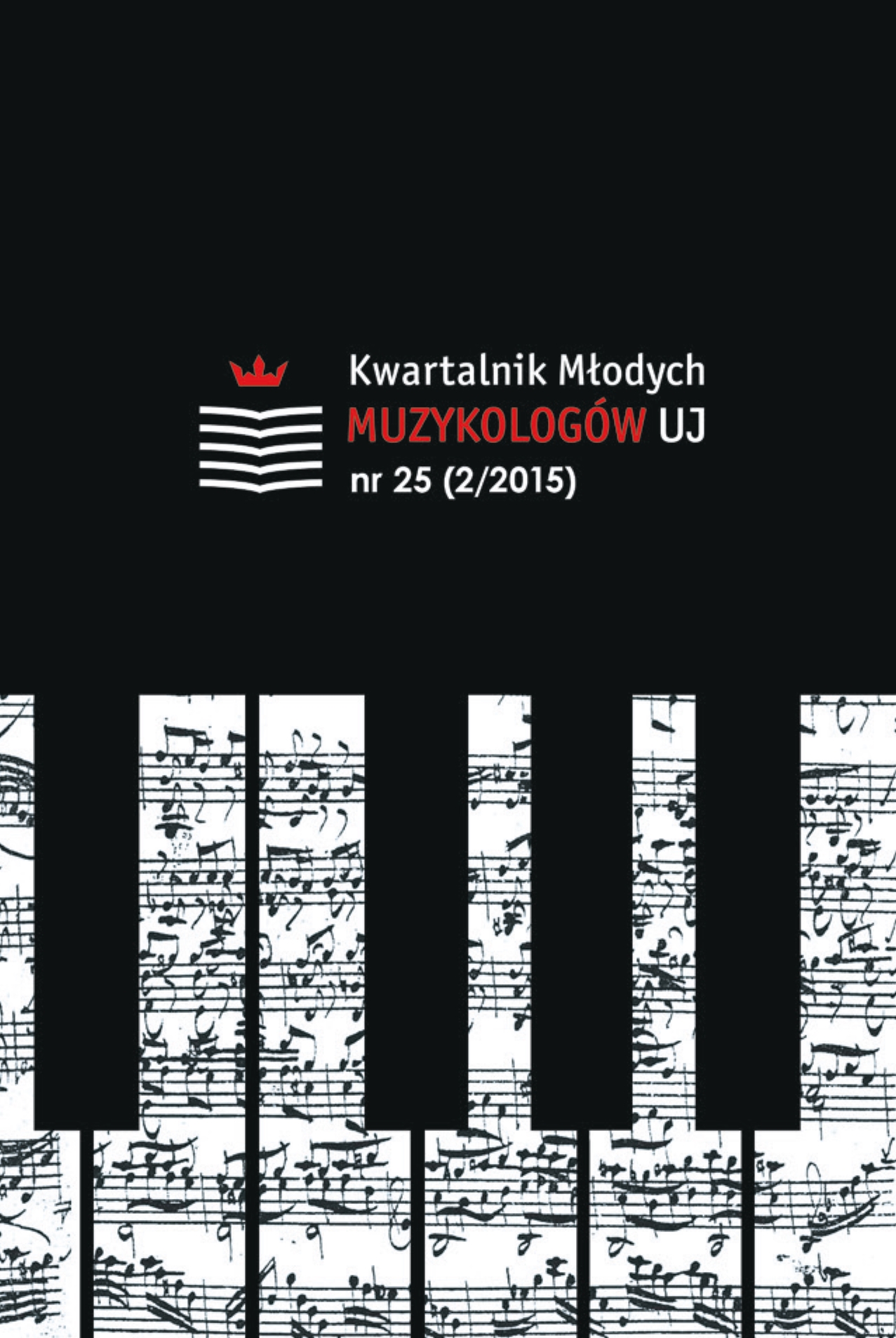
The article is a contribution to the exploration of history of Polish musical culture of the Renaissance and the Baroque period. Recognition of elementary forms of social organisation leads to understanding of the prevailing social and economical relations in those times. This article is one of the first in this topic, therefore it starts with very basic issues. A musicians guild existed in Cracow from 16th to 18th century. The article presents its history and organisation on the basis of statutes and municipal documents analysis. Simultaneously, it raises questions about circumstances of its creation and termination, welded duties and repertoire. The author questions the character of discussed association, considering to what extent it was a guild and a confraternity. The aim of the publication is to present to the reader a coherent picture of the guild, which could provide a starting point for further research.
More...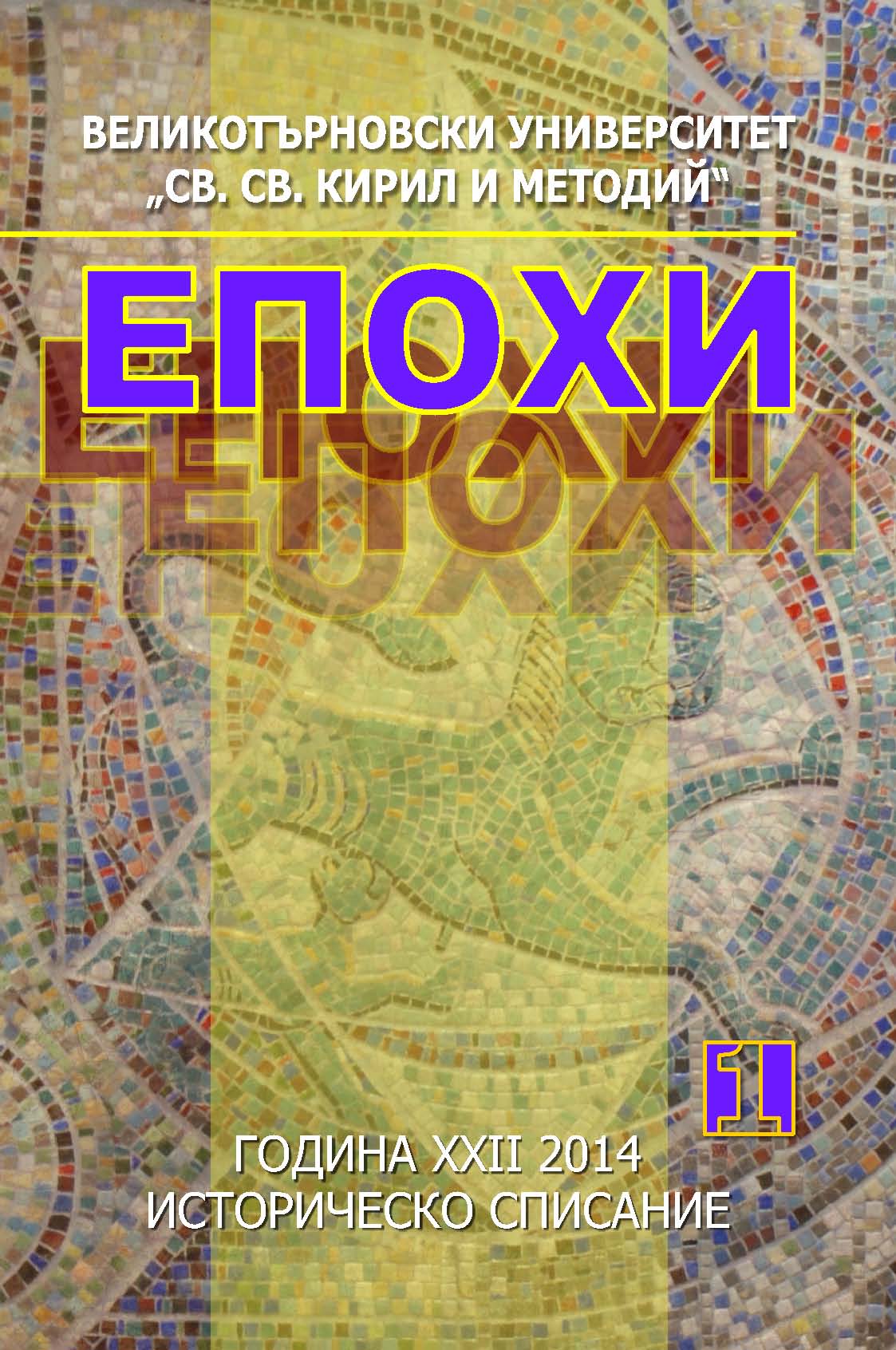
The proposed article is an addition to developing more detailed work dedicated to the development of the Bulgarian ethnography since Liberation to World War II. The review of the studies in the field of Public customary law of the late nineteenth and early twentieth century gives an idea of their chronological development and thematic diversity. Largely research are solicited and facilitated by the systematic methodological guidelines contained in published “questionnaire-directions” for the collection and study of traditional legal customs , to follow European trends and experiences in this regard. To study a particular specified share of the popular social-normative culture are directed primarily specialists in legal education, Odzhakov P., V. Baldzhiev, St. S. Bobchev and others, whose work impresses with its scientific approach to withstand attempted systematization, interpretation and evaluation of the material covered. Along with them during the period relevant publications on Bulgarian common law traditions leave D. Marinov, K. Shapkarev, St. Shishkov and others. This paper examined the research and collecting individual contributions of these authors that enrich the scientific literature and help to expand the thematic scope of the Bulgarian ethnography in an essential and dynamic period of its development as a scientific discipline.
More...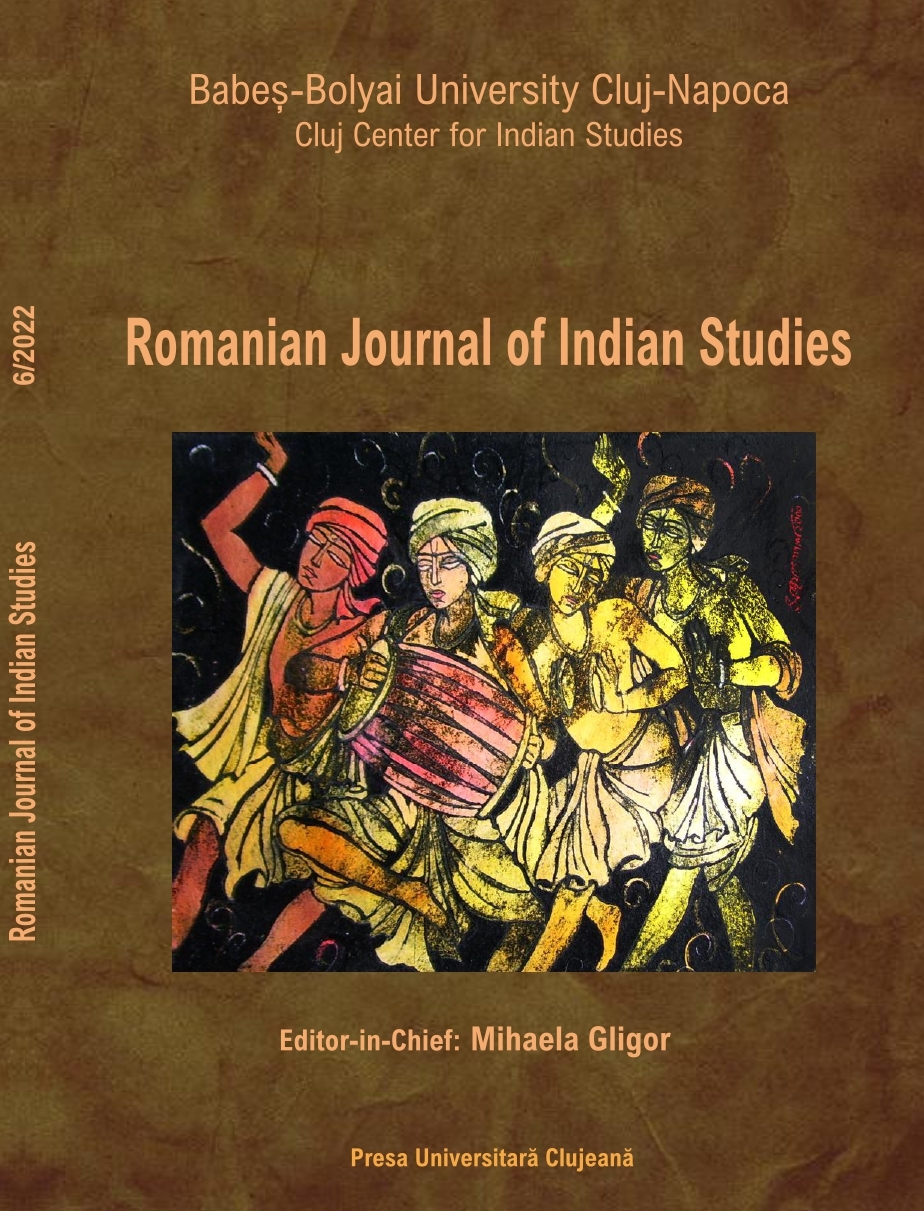
Review of: Amartya Sen, Home in the World. A Memoir, Allen Lane, an Imprint of Penguin Books, New Delhi, 2021, 464 pp., ISBN: 978-1- 846-14486-8.
More...
Review of: Malini Bhattacharya and Abhijit Sen (Eds.), Talking of Power. Early Writings of Bengali Women, New Delhi, Sage Publications India, 2021, 181 pp., ISBN: 978-93-81345-81-8.
More...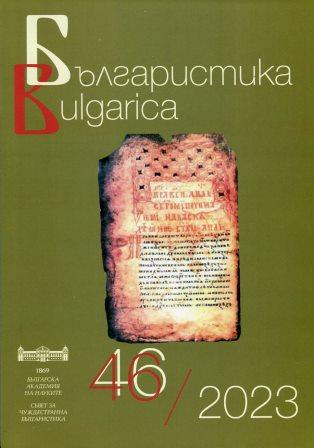
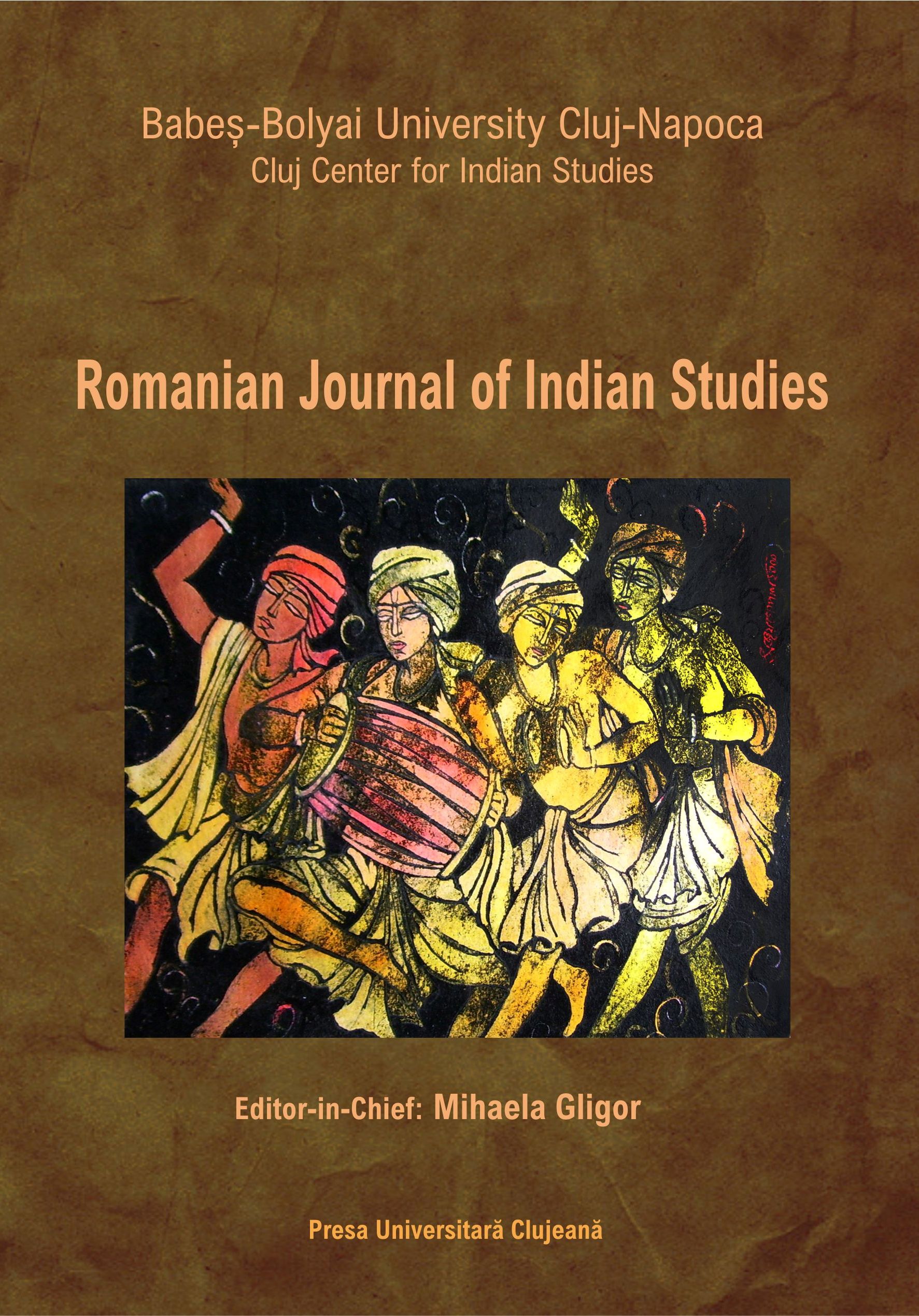
This article attempts to show if the entire story of the Vālmīki Rāmāyaṇa is perhaps a narrative which is a subtle depiction of the interplay of the three guṇas of sattva, rajas and tamas which are cardinal principles in the ontology, cosmology, psychology and soteriology of the Sāṅkhya-Yoga system of classical Hindu philosophy.
More...
Review of: Cătălina-Ioana Pavel, Acolo unde se naște musonul. Un an în regatul zeului Parasurama, Cluj-Napoca: Editura Casa Cărții de Știință, 2023
More...
Review of: Sarvani Gooptu, Knowing Asia, Being Asian. Cosmopolitanism and Nationalism in Bengali Periodicals, 1860–1940, South Asia edition, New Delhi: Routledge, 2022, 276 pp., ISBN: 978-1-032-33229-1.
More...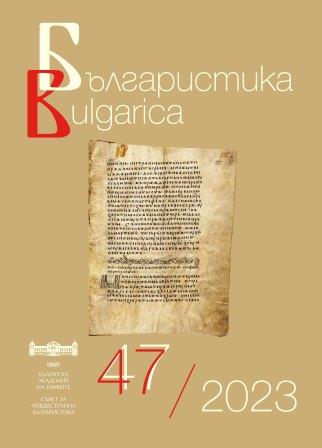
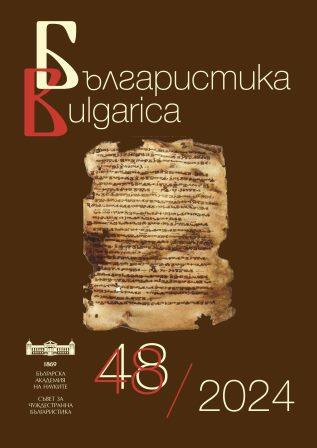
Data about scientific events in the field of the humanities in Bulgaria in the first half of 2024.
More...
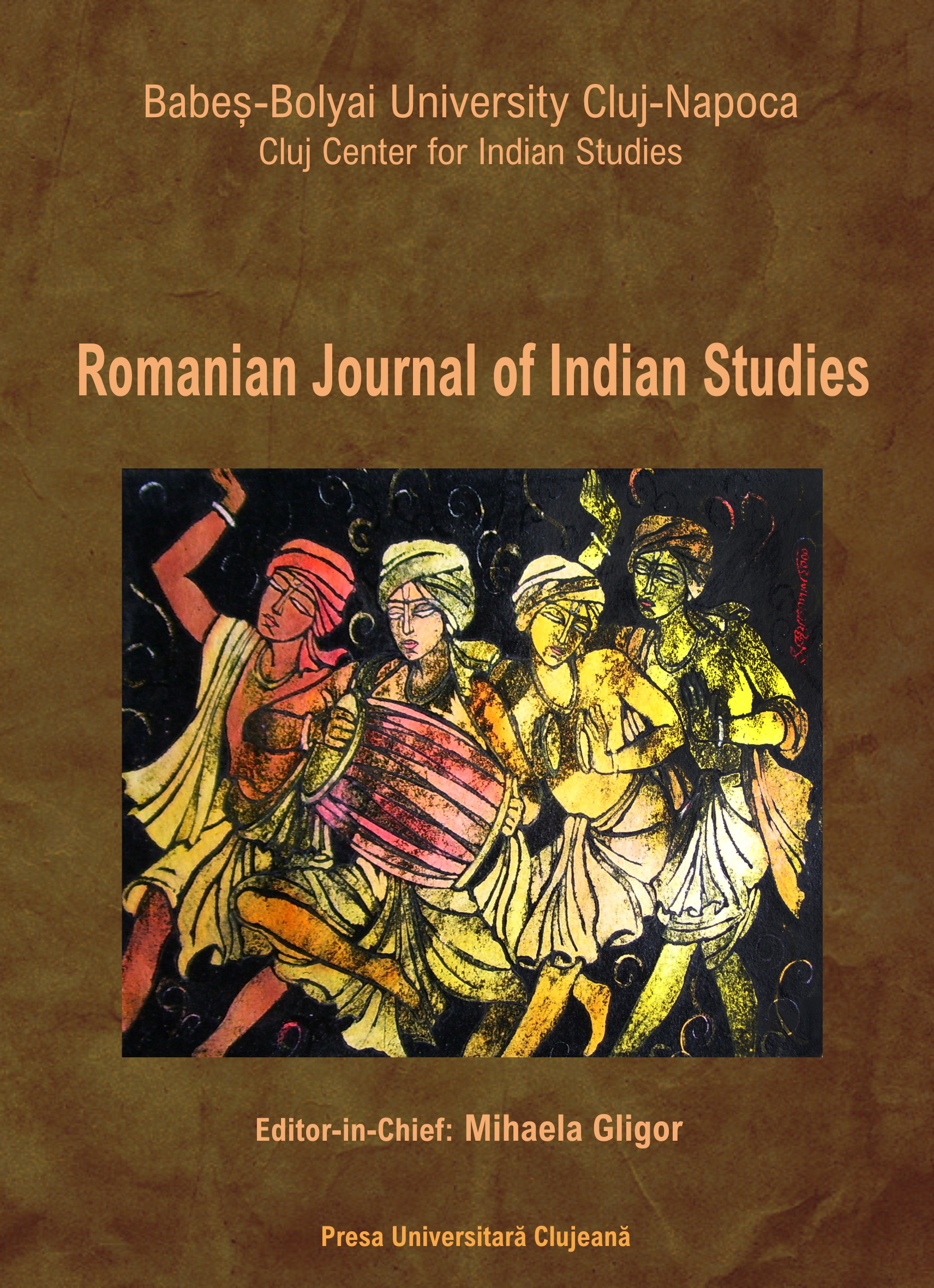
This article delves into the vital yet marginalized labor of Mehtars and other sanitation workers in colonial Calcutta, who were responsible for the manual removal of night-soil. These workers, designated as “untouchables” and subjected to deep social stigmatization, played a crucial role in maintaining urban hygiene in a rapidly growing colonial city. Initially, their labor was performed under the cover of night, but as public health concerns grew, sanitation tasks were shifted to daylight hours. This change brought the Mehtars into public view, forcing the Calcutta Municipal Corporation to reconcile their indispensable labor with the rigid caste-based social hierarchy. This article examines the intersection of caste, labor, and municipal sanitation reforms, exploring how sanitation workers navigated these dual pressures of being both essential and stigmatized. The analysis contributes to the social history of labor in colonial India, shedding light on one of the most marginalized sectors of the urban workforce.
More...